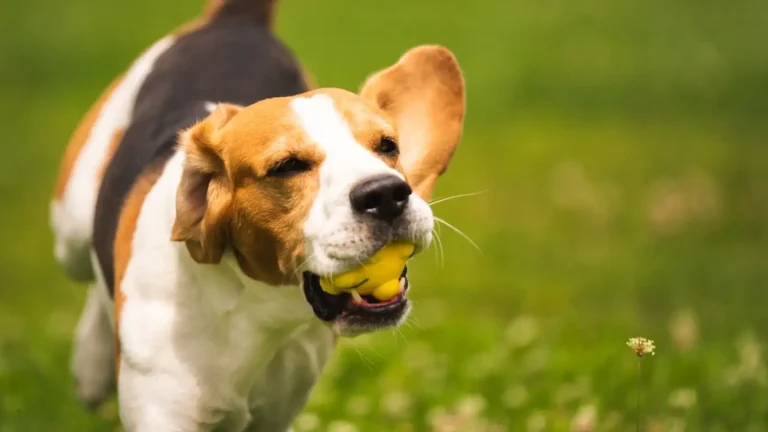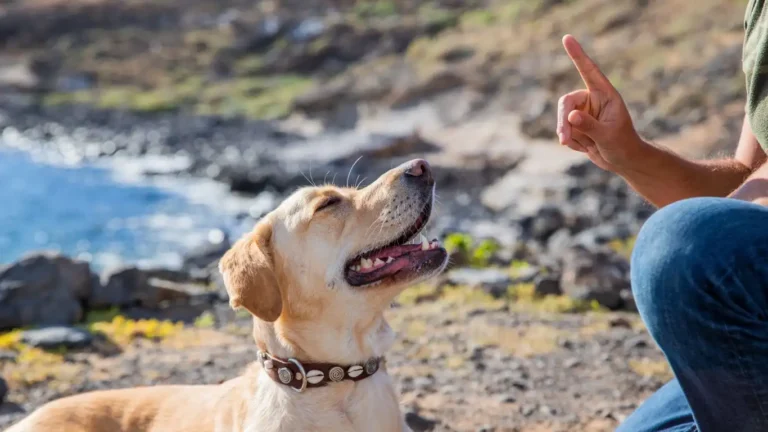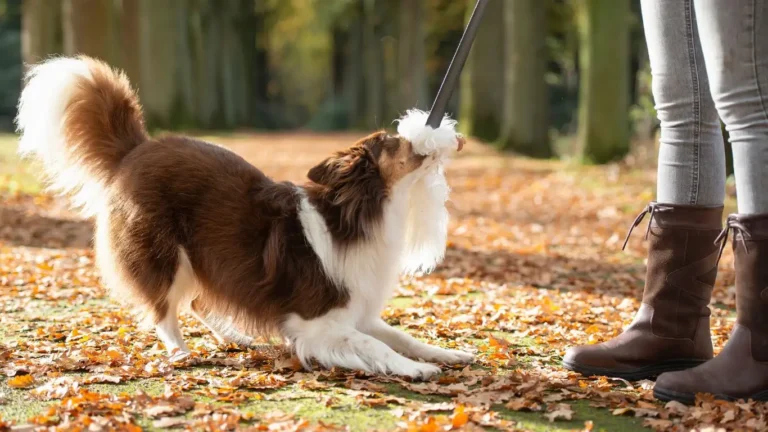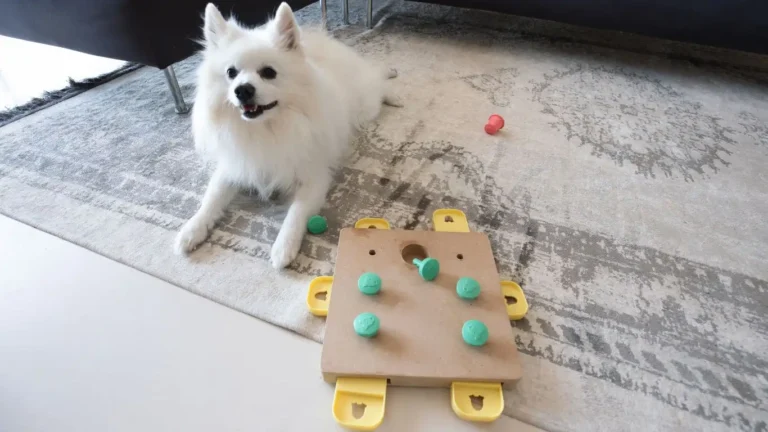Struggling with Touch? How to Train a Dog to Love Being Handled
When it comes to building a strong bond with your furry friend, one of the most important—and sometimes overlooked—aspects is teaching them to enjoy being touched. If you’ve ever had a dog flinch or pull away when you reach out, you know how challenging and frustrating it can be to create that sense of comfort and trust. Over the years, working as a Canine-Assisted Therapy Trainer, I’ve seen firsthand how gentle, patient training can transform even the most hesitant dogs into cuddle-loving companions. In this post, I’m going to share practical tips and insights on how to train a dog to enjoy being touched, helping you foster a deeper connection with your pet and improve their overall wellbeing.
Understanding Why Some Dogs Resist Touch
Before jumping into the training techniques, it’s crucial to understand why some dogs don’t immediately warm up to being touched. Not all dogs are created equal in this department—some pups come from backgrounds filled with trauma or neglect, while others may just have a naturally shy personality.
In my years of working with therapy dogs, I’ve met many dogs who initially avoided contact because they associated touch with negative experiences. Sometimes, it’s as simple as a lack of early socialization, or even physical discomfort like sensitive skin or an injury. Recognizing these root causes can make a huge difference in how you approach training.
Common Reasons Dogs Avoid Touch
- Past trauma or abuse: Dogs with painful or frightening experiences involving humans often shy away from touch.
- Lack of socialization: Puppies or adult dogs not exposed to gentle handling during critical periods may be wary.
- Physical discomfort: Issues like skin conditions, arthritis, or wounds can make touch unpleasant.
- Fear or anxiety: Some dogs simply feel vulnerable or stressed when being held or petted.
Once you’ve considered these factors, you can tailor your training approach accordingly—always keeping empathy and respect front and center.
Building Trust: The Foundation of Touch Training
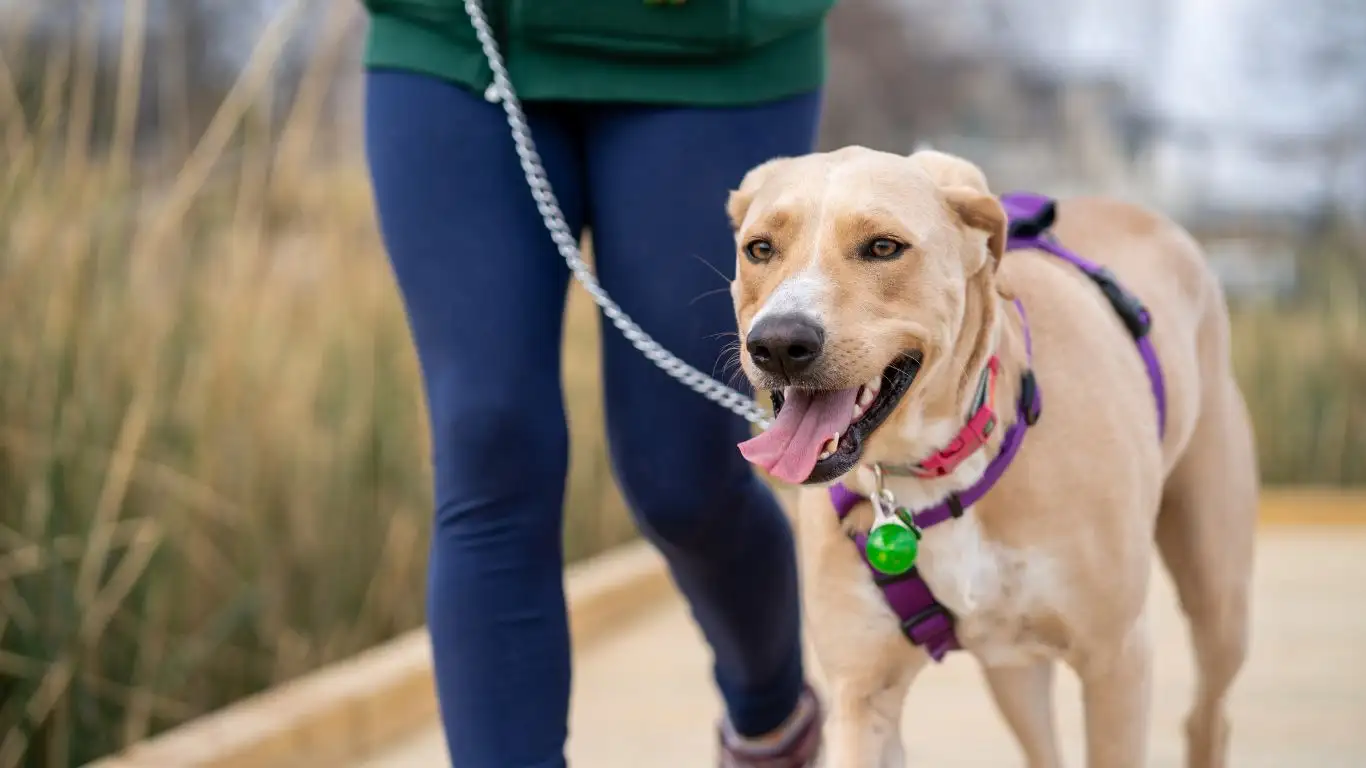
Trust is the cornerstone of teaching your dog to enjoy being touched. Without it, even the gentlest petting can feel threatening to your dog. In my work, I always start by creating a calm, safe environment where the dog feels in control.
One technique I use regularly is called “approach and retreat.” This means you approach your dog slowly, offering your hand to sniff and inspect—never forcing contact. If the dog backs away, you simply respect that space and try again later. Over time, this consistent respect builds a strong sense of safety.
Tips to Establish Trust Through Touch
- Observe your dog’s body language: Look for relaxed postures, wagging tails, and soft eyes before attempting touch.
- Start with brief, gentle contact: Use slow, light strokes on less sensitive areas like the chest or shoulders.
- Pair touch with treats: Make touch a predictor of something positive by rewarding your dog immediately.
- Keep sessions short and sweet: End interactions before your dog shows signs of discomfort.
How to Train a Dog to Enjoy Being Touched: Step-by-Step Guide

Now let’s get into some hands-on strategies that have worked wonders in my experience. Remember, patience is key—this process can take days, weeks, or even months depending on your dog’s background and personality.
Step 1: Create Positive Associations
Start by associating your presence and touch with fun and rewards. Sit near your dog with some high-value treats handy. Let them approach you, and when they do, gently offer a treat and softly stroke their chest or side. Keep the contact light and non-threatening.
Step 2: Gradually Increase Touch Intensity
Once your dog is comfortable with light strokes, slowly increase the duration and pressure—always watching for signs of stress. You might try petting their head or behind the ears, which are common areas dogs love when introduced properly.
Step 3: Use Desensitization and Counter-Conditioning
For dogs especially wary of touch, breaking down the experience into tiny steps helps. For example, if your dog dislikes paw handling, start by just touching near the paw, then touching the paw briefly, and rewarding every calm reaction. This process helps change your dog’s emotional response to touch from fearful to happy.
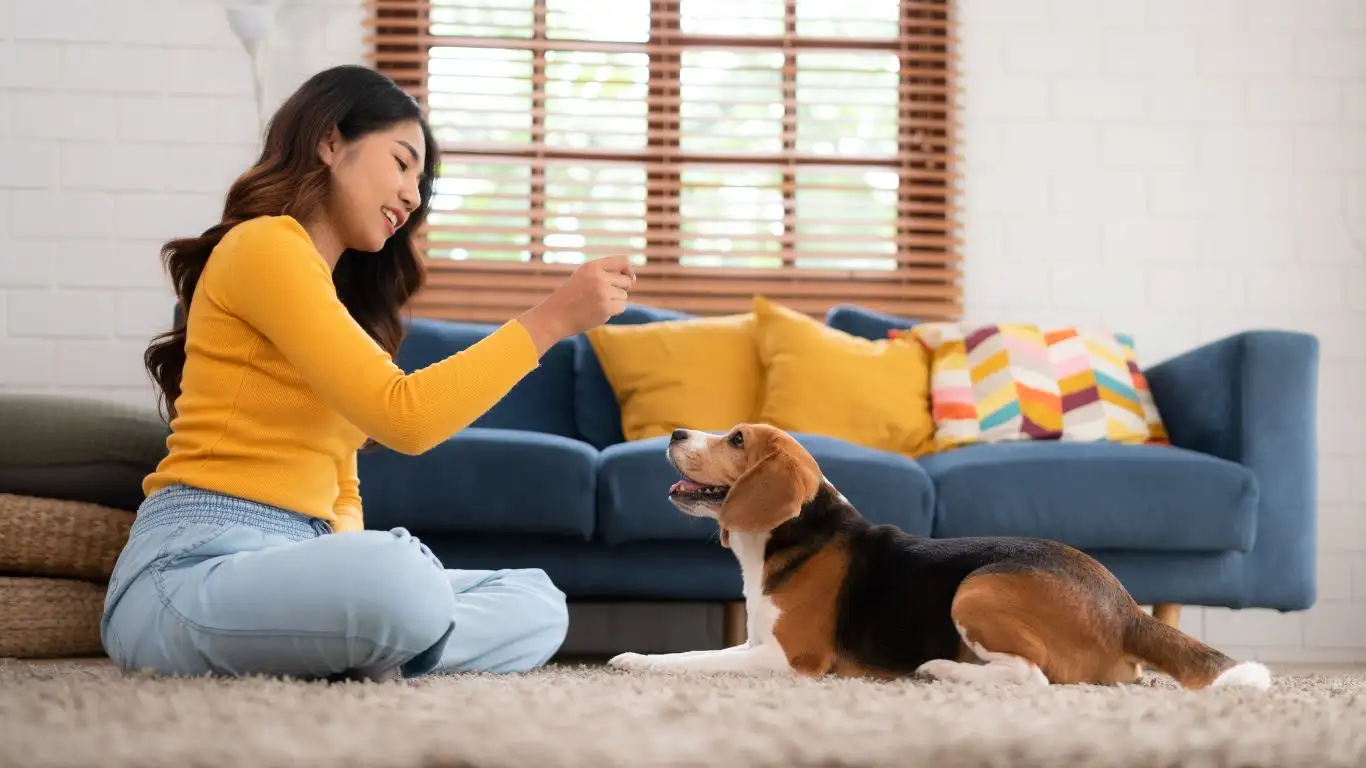
Handling Common Challenges When Training Touch Tolerance
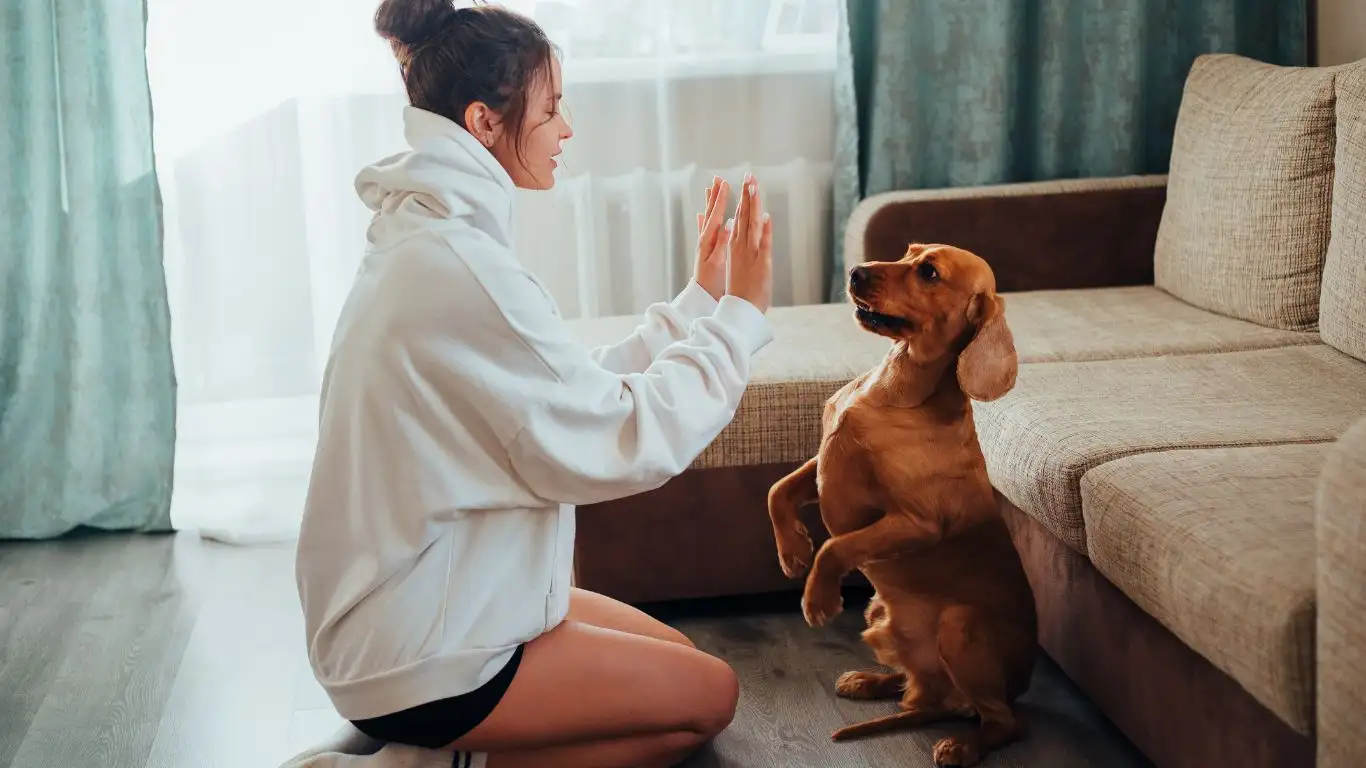
As rewarding as it is to see a dog start enjoying touch, the journey isn’t always smooth sailing. One thing I’ve learned through my work as a Canine-Assisted Therapy Trainer is that every dog has their own pace—and some pushbacks are completely normal. If you’re wondering how to train a dog to enjoy being touched when your dog seems resistant or stressed, here are some insights that might help.
Recognizing Signs of Stress and Discomfort
Dogs communicate a lot through their body language, even when they can’t speak. It’s essential to tune into those subtle cues to avoid making your dog feel overwhelmed. Here’s what I watch for:
- Lip licking or yawning: Often a calming signal showing mild stress.
- Turning the head away: A clear sign they want some space.
- Tense body or stiff legs: Indication of discomfort or nervousness.
- Growling or snapping: Serious warning signs to stop immediately.
If you notice any of these, it’s a good idea to pause and give your dog some time. Forcing touch at this point only sets back your progress.
Adapting Your Approach
Sometimes, the standard steps aren’t enough. When a dog feels particularly uneasy, I switch gears and focus even more on creating a positive environment around touch without forcing it. Here are a few tricks I’ve picked up along the way:
- Use a favorite toy: Let the dog engage with their beloved toy while you gently offer brief touches nearby.
- Massage and slow petting: Gentle massages can sometimes help relax tense muscles and change the dog’s emotional state.
- Short but frequent sessions: Multiple brief touch sessions spread throughout the day keep stress low and reinforce good experiences.
- Change the environment: Sometimes, training in a different, quieter place helps dogs feel safer and more relaxed.
Incorporating Touch Training Into Daily Life
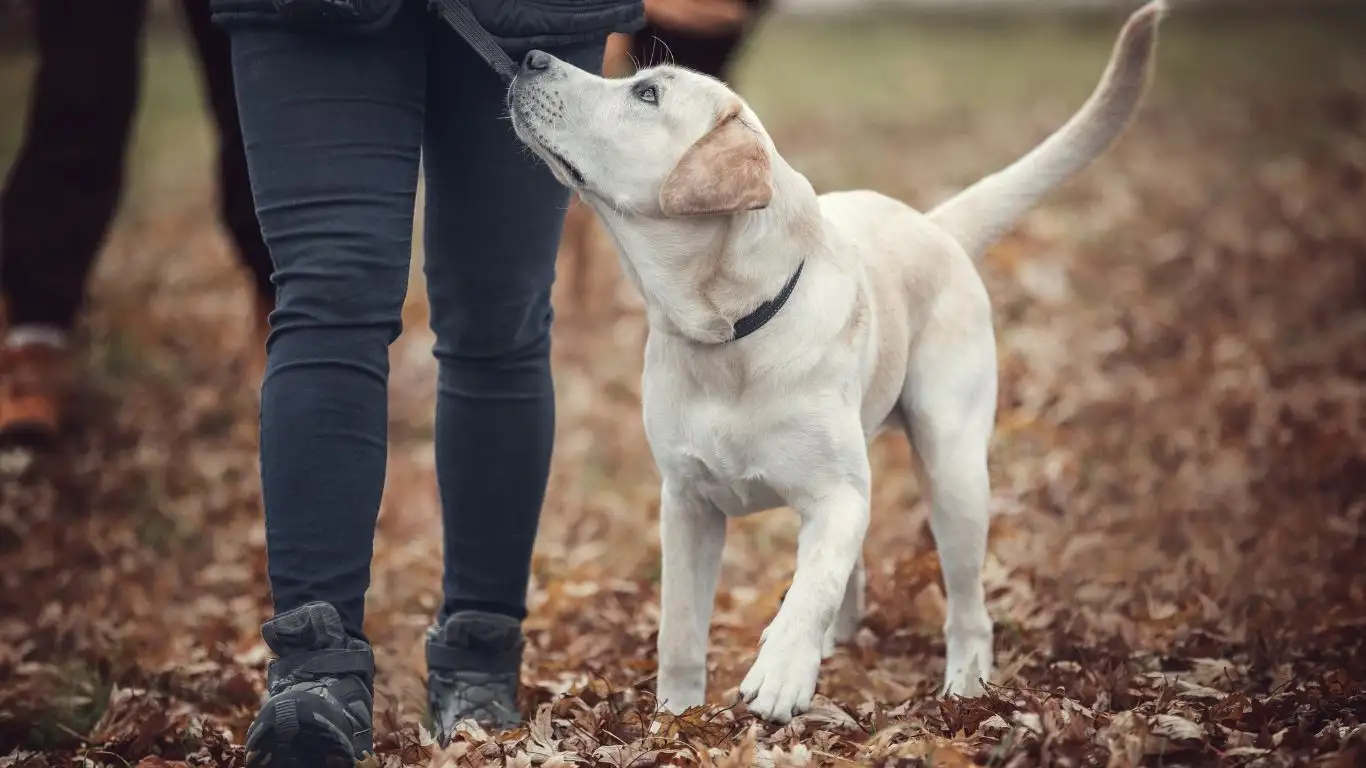
Once your dog starts feeling more comfortable with touch during training sessions, it’s time to weave this skill naturally into your everyday interactions. This not only strengthens your bond but also helps your dog handle vet visits, grooming, and even new people more confidently.
Make Touch a Positive Habit
I always encourage dog parents to sneak in gentle touches during daily routines—like petting while watching TV, scratching behind the ears during a walk break, or softly brushing the coat before bedtime. These little moments build a reservoir of positive associations with touch over time.
Practice Handling Different Body Parts
Dogs aren’t always comfortable being touched everywhere at once, so it’s smart to practice with various areas one at a time. Some dogs adore a good belly rub but may shy away from paw handling or face touches. Here’s a simple way to approach this:
- Start with areas your dog seems relaxed about, like the chest or shoulders.
- Gradually introduce more sensitive spots like paws, tail base, and ears.
- Always pair touch with treats and praise to reinforce calm behavior.
Remember, consistency is key. The more often you practice, the more your dog’s comfort zone expands.
Why Professional Guidance Can Make a Difference
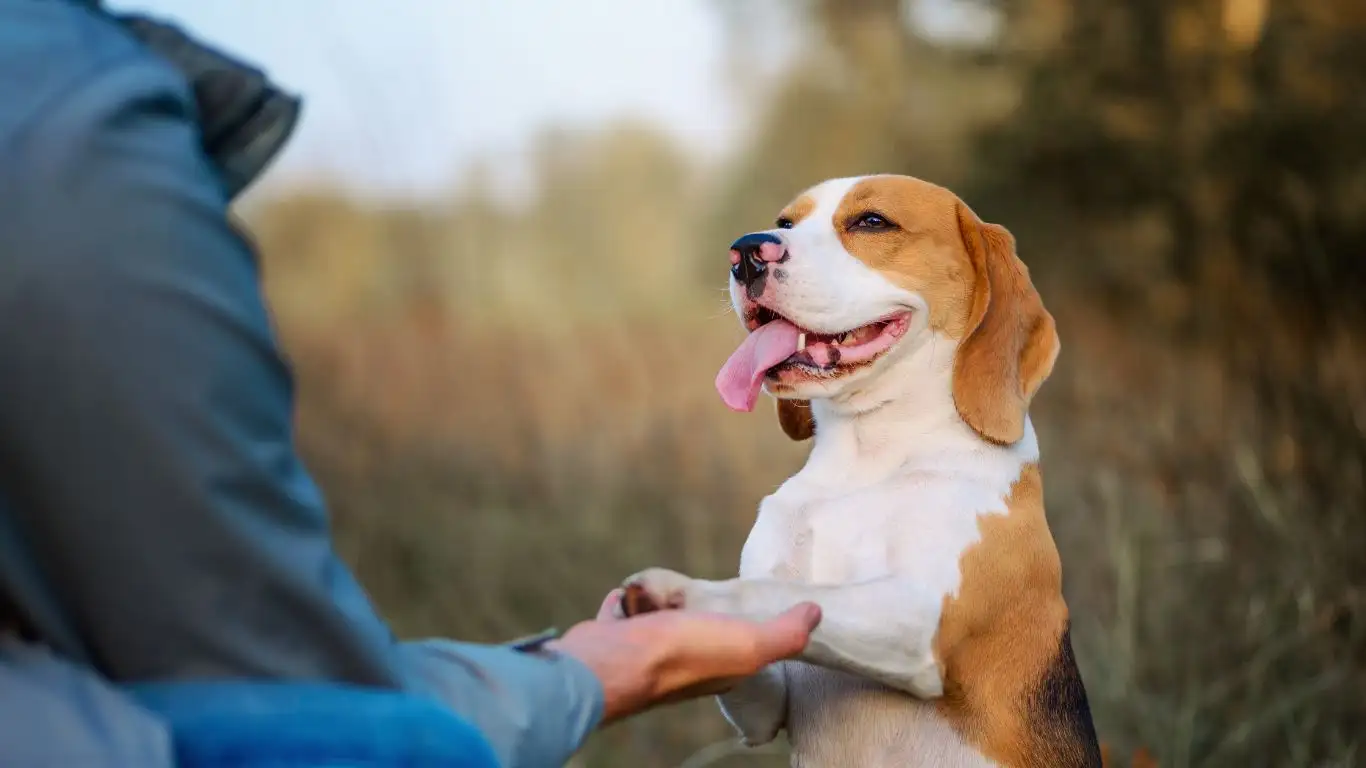
Even with all the love and patience in the world, some dogs benefit tremendously from professional support. As a Canine-Assisted Therapy Trainer, I’ve seen dogs transform when their families work with experts who understand the nuances of canine behavior and touch sensitivity.
Professional trainers can help:
- Identify underlying issues: Sometimes health problems or deeper anxieties need addressing before touch training progresses.
- Tailor training plans: Customized programs based on your dog’s temperament and history.
- Provide hands-on demonstrations: Showing exactly how to approach and touch your dog safely and effectively.
- Offer ongoing support: Coaching through setbacks and celebrating milestones together.
If you’re struggling, reaching out to a qualified trainer or veterinary behaviorist can save you a lot of frustration and keep your dog happy and healthy.
Reinforcing Positive Touch Behaviors Over Time
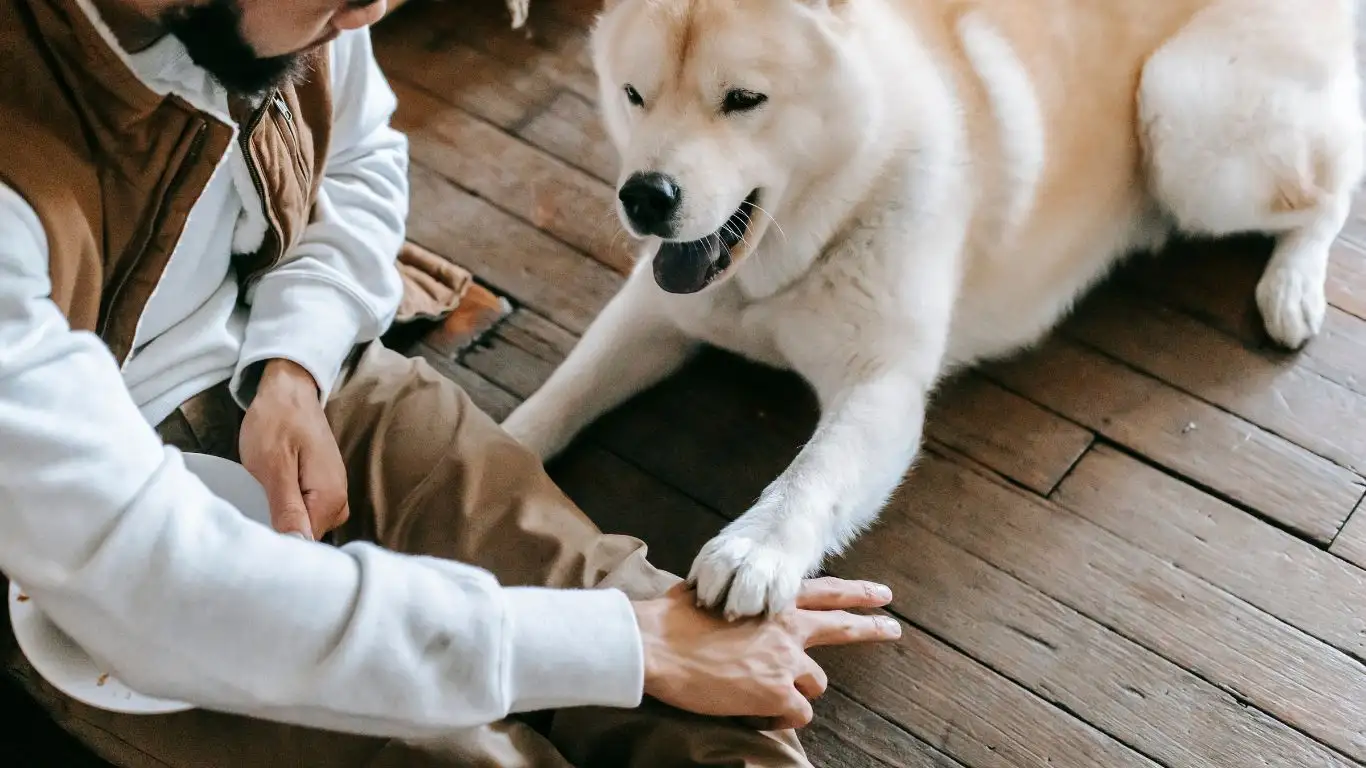
Once your dog starts showing more ease and even enjoyment with physical affection, the key is keeping that progress going. Just like us, dogs can regress if new habits aren’t consistently practiced. I’ve seen this a lot, especially when people get busy and unintentionally stop reinforcing those positive touch moments.
With therapy dogs, touch tolerance is non-negotiable, so reinforcement becomes second nature in our daily routines. Whether it’s during brushing, vet prep, or a cuddle session on the couch, I always aim to reinforce calm, relaxed behavior. And here’s a little pro tip from my own toolkit: keep a few favorite treats nearby in each room. That way, when your pup does something worth rewarding—like calmly accepting a paw touch—you’re ready.
Reward the Right Moments
You don’t always need food to reinforce touch-friendly behavior. Verbal praise, petting in preferred areas, or even a favorite toy can do the trick. Dogs learn through repetition, so rewarding those small wins again and again strengthens the behavior over time.
- Mark calm responses: Use a happy “yes!” or a clicker the moment your dog accepts a touch.
- Follow up with something good: A treat, a cuddle, or playtime depending on your dog’s preference.
- Practice in different environments: Touch should feel safe no matter where you are—at home, in the car, or at the vet’s office.
Touch shouldn’t be limited to “training sessions” only—it should be part of your dog’s normal, happy life.
Touch and Its Role in Canine-Assisted Therapy
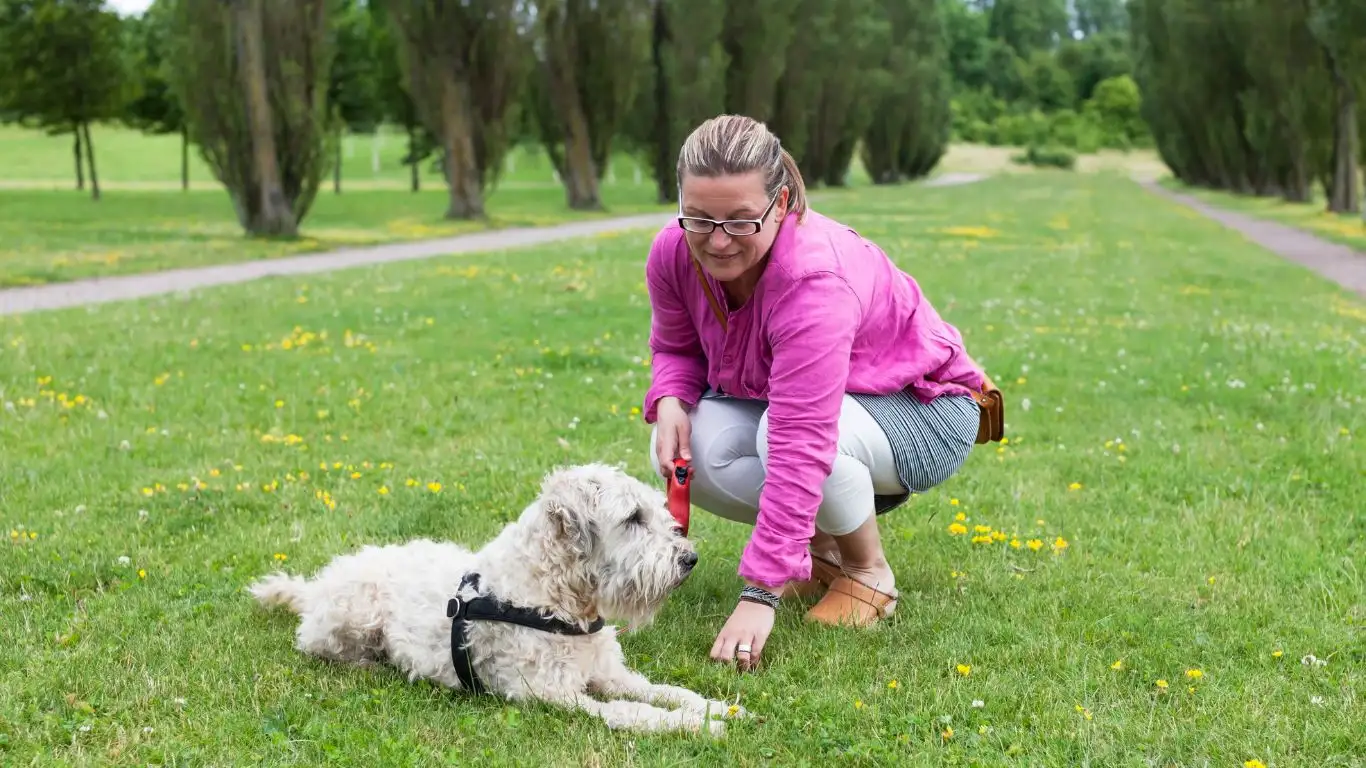
Let’s talk about the bigger picture. In canine-assisted therapy, touch is often the gateway to connection. I’ve been in classrooms and hospitals where kids or patients are hesitant to engage—until a dog quietly approaches and lets them stroke its back. That simple moment of touch can open the door to healing, communication, and emotional breakthroughs.
But to get there, the dog has to be truly comfortable with being touched by all kinds of people—gentle, grabby, tall, small, loud, or nervous. That’s why everything we’ve covered in this article matters so much. If your dog ever moves into therapy work or just interacts with lots of people, touch tolerance becomes part of their emotional resilience toolkit.
Socialization as a Part of Touch Training
Incorporating social experiences into your touch work builds your dog’s confidence. A few of my go-to exercises include:
- Invite friends over: Teach your dog to accept calm touch from trusted people under your supervision.
- Take your dog on safe outings: Farmer’s markets, pet-friendly cafés, or just a calm walk in a busy park all offer chances to practice polite, relaxed behavior around people.
- Work with therapy prep organizations: If you’re curious about therapy certification, check out local groups offering evaluations and training tailored for therapy teams.
With time and gentle exposure, your dog learns that being touched by different people isn’t scary—it’s part of their joyful job.
Maintaining a Positive Touch Culture at Home
At the end of the day, your home is the foundation of your dog’s emotional life. Creating a culture where touch is positive, predictable, and always respectful sets your pup up for long-term confidence. That doesn’t mean every day will be perfect—but your consistency, patience, and love will guide your dog through any bumps in the road.
I always say: the way you touch your dog shapes how they feel about the world. Gentle, intentional, and kind contact teaches them that human hands bring comfort, not stress. And trust me, that shift changes everything.
References
Disclaimer
This article is based on personal experience and general canine behavior principles. It is not a substitute for veterinary or behavioral advice. If your dog shows signs of extreme fear or aggression, please consult a certified dog trainer or veterinary behaviorist.
